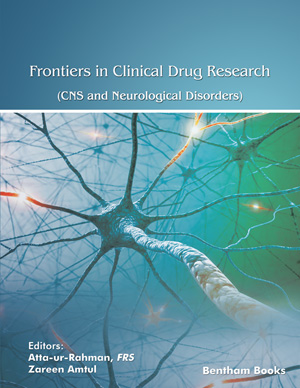Abstract
Multiple sclerosis (MS) is a chronic inflammatory demyelinating disease of the central nervous system (CNS) frequently starting in young adulthood. However, the pathogenesis of the progressive disease phase is still not well-understood, and the inflammation as well as the mechanisms of demyelination and tissue damage is currently being discussed. The available drugs approved in the treatment of different clinical forms of MS prevent the relapses, alleviate the symptoms only partially and slow progression of the disease; however, none of these treatments is capable in stopping the MS clinical course. Moreover, approved MS treatments lead to unpredictable adverse effects associated with a range from mild (such as flu-like symptoms, fatigue, liver transaminase elevation, stomach pain or irritation at an injection site) to serious (such as bradycardia or progressive multifocal leukoencephalopathy). It is time to revise the MS drug development strategy by relying on our endogenous defense mechanisms. Endogenous fatty acid amides (FAAs) are a family of structurally different molecules found in mammalian systems. These compounds include anandamide, oleoylethanolamide and palmitoylethanolamide; research preclinical and clinical reported anti-inflammatory and neuroprotective activity of FAAs making them an alternative therapeutic approach in neurological disorders. In consideration that an endogenous compound able in the control of endogenous defense mechanisms can assume extraordinary importance, this chapter includes a discussion on current approved drugs in MS, and on pharmacological properties of FAAs that may play a promising role in complementing of medication approved for use in MS.
Keywords: Autoimmune disease, Anandamide, Cortical lesions, Endogenous mechanisms, Experimental autoimmune encephalomyelitis, Grey matter, Immune regulatory molecules oleoylethanolamide, Multiple sclerosis, Neuroinflammation, Pain, Palmitoylethanolamide, Preclinical studies, White matter.






















